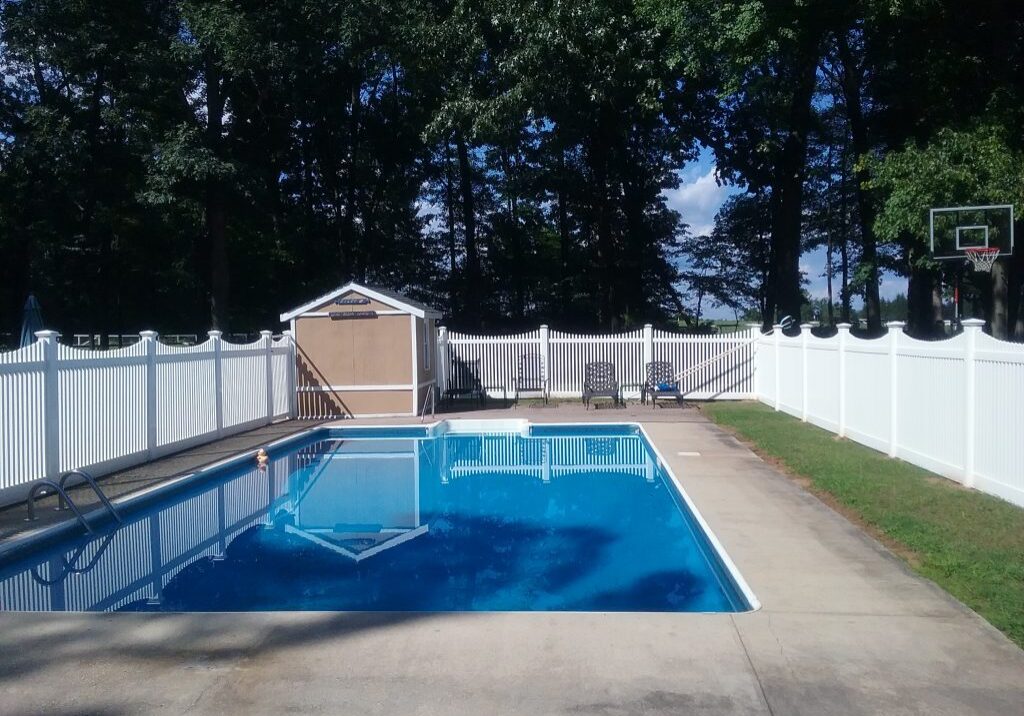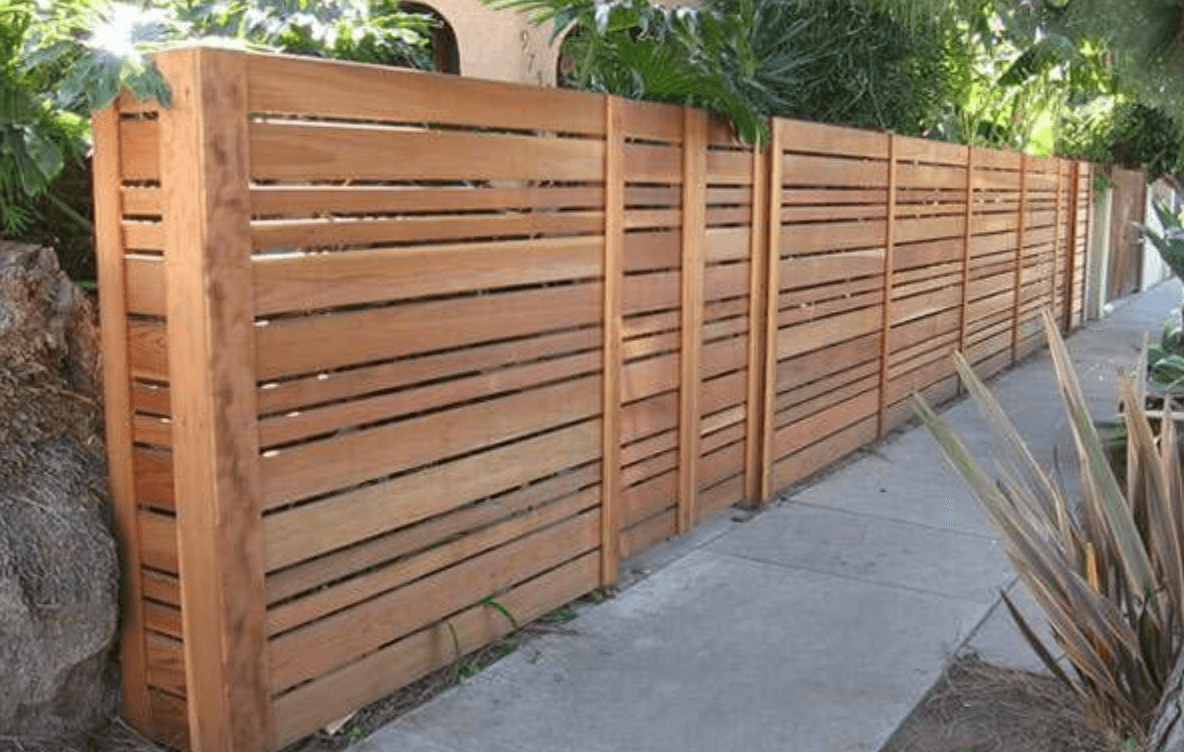All Categories
Featured

While routine maintenance can extend the life of your fencing, there comes a time when repair services no longer are adequate, and it's time to take into consideration replacement. Right here are some key indicators that your fence may need to be replaced.
- Visible Damages or Use. Among the most apparent indications that your fence is nearing the end of its lifespan is noticeable damages. This can include splits, divides, warping, or damaged sections. Wood fencings are especially vulnerable to splitting or splintering gradually, while vinyl fences can establish fractures. Metal fences, like chain-link or functioned iron, can likewise end up being damaged through rust or bent messages. If the damage is structural or widespread, repairing individual sections may not suffice, and changing the fence comes to be required.
- Rot and Degeneration. If you observe that components of your fencing feel soft to the touch or if you see mold and mildew or fungus expanding, it's a sign of rot. Minor rot can in some cases be fixed, comprehensive decay, particularly near the base of fence messages, can endanger the honesty of the whole fence.
- Leaning or Tilting. A leaning fence is a clear indication that something is incorrect with its structural assistance. Gradually, messages might shift because of soil disintegration, water damages, and even root growth from nearby plants. While small tilting can often be corrected by straightening the blog posts and securing them, extensive leaning frequently shows that the articles have been harmed irreparable. If the fence remains to lean in spite of efforts at correction, it might be time to change the affected sections or the entire fence.
- Rust or Deterioration (For Metal Fences) While minor corrosion can often be gotten rid of and treated, substantial corrosion that endangers the fence's stability is a sign that substitute is required. It's better to change a heavily worn away metal fencing than to proceed attempting repair services.
- Pest Infestations. Wooden fences are a typical target for pests like termites, woodworker ants, and rats. These insects can trigger comprehensive damage by tunneling into the wood and deteriorating its framework. If you notice small holes, sawdust stacks, or real pests living in your fence, it's important to address the problem right now. In cases where the damages is extreme, the affected fencing blog posts or boards may need to be replaced to restore the fencing's security.
- Difficulty Keeping the Fencing. If you find on your own frequently making repair work to the exact same areas of your fence, maybe a sign that the fencing is past its prime. Fence maintenance can be time-consuming and costly, especially when repair services are no much longer reliable. If you're spending even more money on repairing old sections than you would certainly on a total replacement, it's time to consider changing the fencing altogether. A brand-new fencing will certainly provide more lasting value and lower the frequency of repairs.
- Age of the Fence. While the life-span of a fencing can vary depending on the area, weather condition, and product conditions, the majority of fencings last between 15 and 20 years. If your fencing is approaching or exceeding its expected life expectancy and showing signs of wear and tear, it may be time to change it.
- Outdated Look. Sometimes, a fencing simply ends up being out-of-date, no longer matching the design or demands of your property. If your fence no longer complements your building or satisfies your requirements-- such as privacy, safety, or visual appeals-- it may be time to consider a replacement.
- Fencing No More Serves Its Purpose. Your requirements for a fencing can evolve over time. In such instances, changing the fencing with one that fulfills your existing requirements is the ideal choice.

Final thought. If you discover any of the indications provided above-- visible damage, rot, leaning, pest invasions, or an outdated appearance-- it might be time to replace your fencing. Changing an old, damaged fence can enhance the general worth of your residential or commercial property, enhance safety, and provide your lawn a fresh appearance.
Latest Posts
Protect Your Residential Property with Washington Fence's Costs Products
Published Apr 19, 25
1 min read
A Desire Wedding Celebration Experience at FunCity Resort
Published Apr 19, 25
1 min read
Built on High Quality, Driven by Solution
Published Apr 18, 25
1 min read